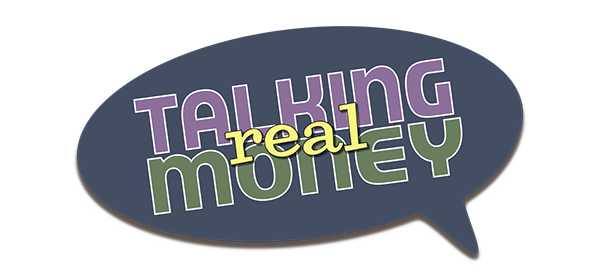Five Fundamental Fiscal Tasks
One of the most significant questions we get from our clients is “how can I help my children and grandchildren with money?” The reality is you shouldn’t give them money, or lecture them about spending too much. The better choice is guide them to independent advice from an expert, as sadly, they are more likely to believe the third party. That’s why I encourage you to pass along this article on the five financial tasks to accomplish before age 30.
Know your spending
Most of us don’t know how much we are spending. You may think so, but the majority of adults are in denial about our actual expenses. Here’s one way to get a reality check: third party fact check. There are a number of services that will hook up to your bank account and create an accounting on where your money is being spent. mint.com, for example, will hook up to your bank account and categorize your expenditures. There are other services, but the bottom line is to know your actual cost of living.
Eliminate debt
Sadly, many of us go into debt to finance our lifestyles. I favor borrowing money only for a major purchase, like home. But student loans, credit card debt and personal loans are common. If you or your kids have debt, the first step is to figure out what is owed, to whom, and what the interest rate is one each debt. Create a spreadsheet with all current debt, payments, term of the loans and interest rates. Most of the time it makes sense to pay the highest interest debt off first, and quickly, while making only minimum payments required on the other debts. Once the highest interest rate debt is paid, move on to the next, and so on.
Start saving for near term
Spending less than you bring home is one of the toughest things I know. That’s why I love acorns.com (and for full disclosure I use their service but get nothing for recommending them). Simply out, Acorns is a forced saving plan. You hook Acorns up to your checking account and, with every purchase, they take the “loose change,” and set it aside for you. Then, after being saved, it is invested in a globally diversified portfolio of low-cost exchange traded funds. It’s like having the coin jar at home, except the money is set aside AND invested! This would be a good way to save for longer term goals including a car, home or other major purchase (it could also be used to set aside money for an annual ROTH IRA contribution).
Set Savings goals
Whether someone is saving for a car, home or other large purchase, they should have goals: how much can they set aside from each paycheck, what kind of interest can they make on their money, and how much are they trying to save. Without goals, saving is difficult and can seem pointless. And saving is vitally important. Consider a young persons trying to purchase a home. A $400,000 home purchase would require about $100,000 in savings ($80,000 for the down payment, and the other $20,000 for closing costs and potential work on the house.
Save for retirement
Our general suggestion is to set aside 10 to 15 percent of your income for retirement. When you are young you have that precious commodity that all of us older people wish we had more of: time! Time means you have more years to set aside part of what you earn and for your savings to compound. Let me give you a few examples:
Let’s assume your goal is to accumulate $1,000,000 for retirement. While that seems like a lot, people 50 years ago thought it was plenty, too. Creating a million dollars is a reasonable goal, even stating at age 30. If you make $60,000 a year and save 12.2% of your salary, while earning 6% percent a year on your your investments, you should have a million dollars by age 67. If you make $80,000 a year you can reach 67 with $1 million by saving only 9.2% a year of your salary.
Another issue is where to save? Some have company sponsored plans; some may not. I think every young person should open and contribute to a ROTH IRA. ROTH IRA’s are remarkable in that the assets grow and can be withdrawn tax-free. If offered, you might also consider splitting your contributions between a regular 401k and ROTH 401k, and use low cost index mutual funds whenever possible.
Getting started is generally the toughest part of any long-term financial plan. Taking these simple steps slowly and steadily will make the process of building the wealth you need for the latter part of life a bit less daunting.
